Social youth football training receives full support at the national level, with three major pillars needed for the future
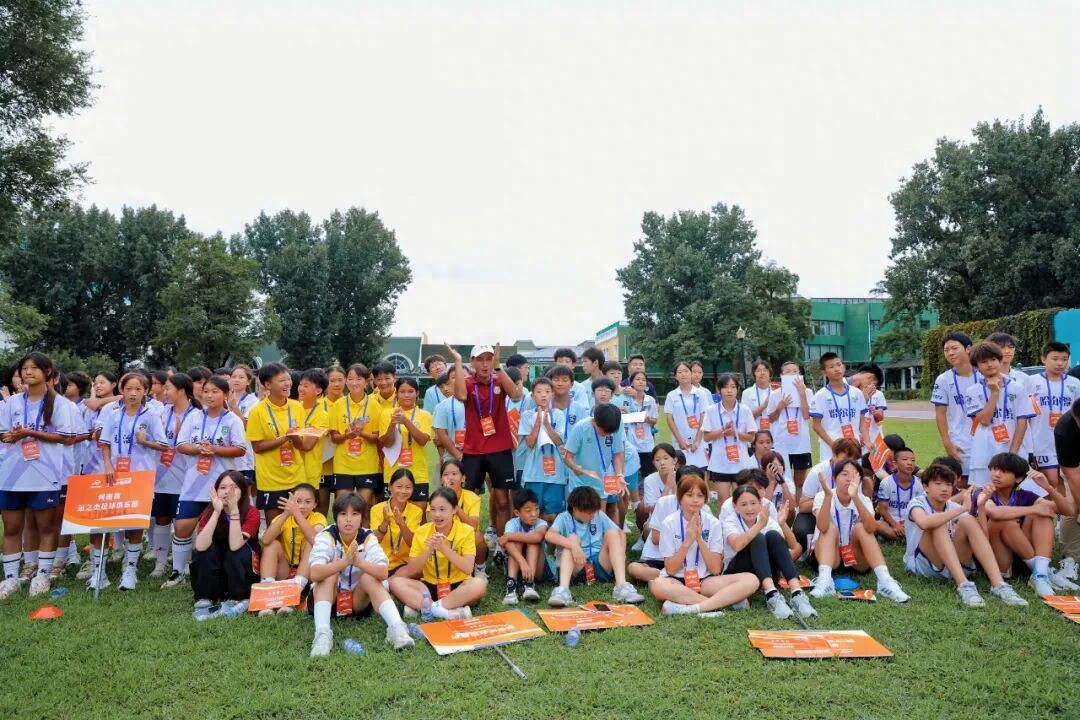
Reported by Chen Yong On August 27, the national training camp for the "Action Plan to Improve the Quality of Social Football Youth Training" commenced in Beijing. At the opening ceremony, Fan Yunhong, General Manager of Henan Yunzhijie Football Club, recounted the club’s history and its women's football youth system, saying: "Since 2014, our club has been around for 11 years. It has not been an easy journey. Unlike men's youth training, women's social youth training has encountered more restrictions. However, the support from the China Football Development Foundation, the trust from parents, and the recognition from schools have helped us persevere and stand here today at the national training camp venue."
The foundational projects for Chinese football, including the development of social youth training institutions, have not always had smooth progress in the past. Fortunately, starting from 2024, the China Football Development Foundation launched the "Action Plan to Improve the Quality of Social Football Youth Training," which follows foundational projects such as county-level youth football, county-level social football competitions, and Sunshine Football Fields, marking another national foundational project for Chinese
football.
This year, the action plan continues to advance deeply, and the future development of social youth training institutions deserves greater attention, with three core systems serving as key supports.
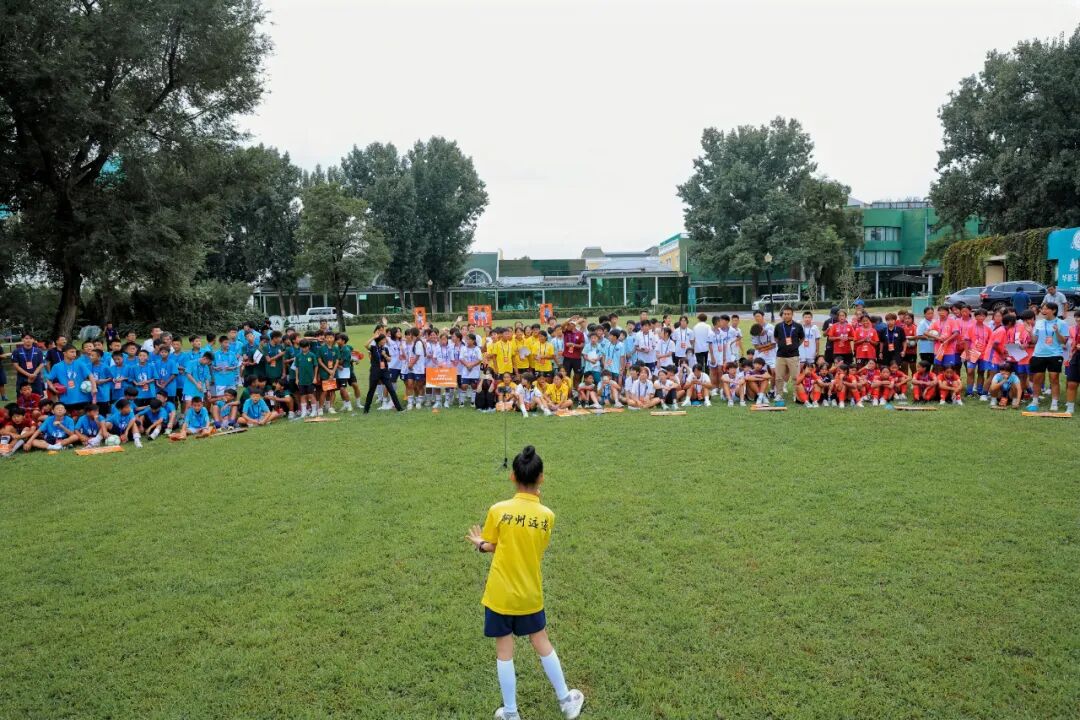

"We initially established this club in 2014 with a simple goal: to encourage more girls to participate in football, to nurture more female players for Henan, and to carry forward the spirit of women's football. Henan has many professional female footballers, but after retirement, they often struggle to work in football and end up in unrelated fields. We wanted to bring everyone together, have a place to play, showcase their talents, and teach more children to play football. So, we founded this club. What is very gratifying is that one year later, the 'Overall Plan for the Reform and Development of Chinese Football' gave us a solid foundation," said Fan Yunhong.
From its inception, Yunzhijie Club focused on school football, staffed by retired female football players from Henan as coaches, named after former national female player Fan Yunjie, and prioritized women's football from the start. Since 2018, the club has received funding from the China Football Development Foundation. We formed our first elite girls’ team born in 2007, and currently, these players have been admitted to well-known domestic universities and professional women's football teams through their football skills.
"Women's social youth training is actually more challenging than men's, involving multiple aspects such as talent selection, social and parental support, transportation, and funding. There are issues that men's youth training institutions usually do not face. But as female players, our passion for women's football has never wavered. Everything we do is to ensure more girls can happily play football, and we dream of our trainees showing the spirit of the Steel Roses on the field in the future. Throughout this process, the China Football Development Foundation has consistently supported us, parents have fully trusted us, and more responsible schools have also invested in women's football," said Fan Yunhong.
Years of persistence have finally yielded results, with national attention bringing changes to the football development environment, especially the integrated school football system which has boosted parents' confidence. After 11 years, Yunzhijie Football Club has established a network of 11 schools: 5 primary schools, 3 middle schools, 2 high schools, and 1 vocational school.
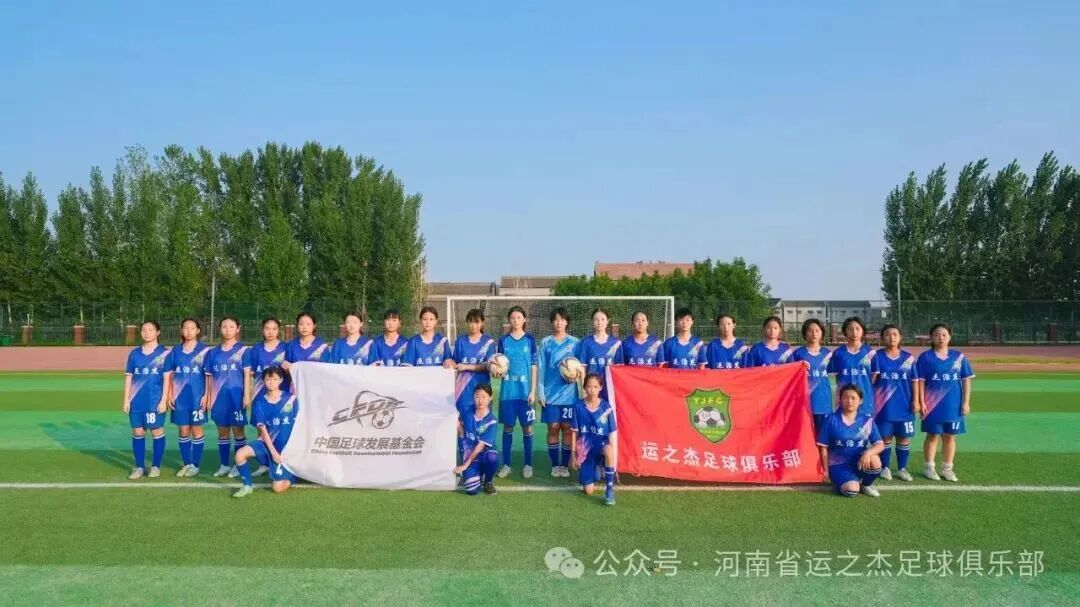
"This is a '5+3+(2+1)' integrated system. There is some dropout from primary to middle school, so there are 5 primary schools and 3 middle schools. However, girls who choose to play football in middle school usually continue. We first set up 2 high schools, and because of the division after the high school entrance exam, we also established 1 vocational school," explained Fan Yunhong.
This '5+3+(2+1)' integrated system undoubtedly sets a model for the development of women's social youth football institutions in China and lays a foundation for ongoing women's football training.
This national training camp included 10 men's social youth football clubs and 6 women's social youth football clubs. Men's social youth clubs are now common; for example, Henan Xingtu, which placed fourth in the first U13 Men's China Youth Cup and second in the second edition, is a social youth training institution. Many teams ranking high in recent China Youth Cups are social youth clubs. However, women's youth training is generally managed by sports bureaus and follows a very different path from men's youth training, yet many women's social youth training institutions still persist domestically.
While focusing on social youth training institutions, the China Football Development Foundation places even more emphasis on women's social youth training institutions, demonstrating their commitment to grassroots development, targeting western regions, adhering to public welfare, and focusing on difficult areas.
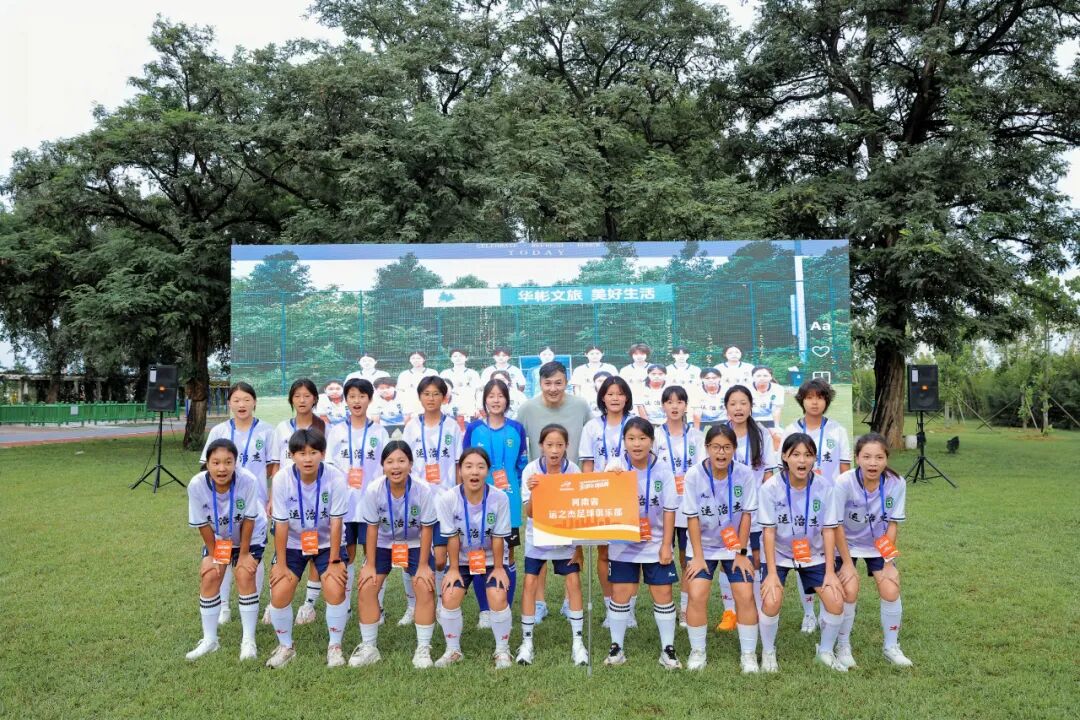

In comparison, the situation of Hunan Changsha Lushan Sunshine Youth Sports Club is simpler: it is a social youth training institution based on Changsha Lushan International Experimental School, which covers primary, middle, and high school levels, inherently having a complete integrated system. This year, they reached the semifinals in the U13 boys’ group of the 4th China Youth Cup, and previously, Lushan International achieved runner-up in the national high school boys’ campus football finals.
Ding Jiawen, 26, led the team at this training camp. He previously played football at Lushan International School, went on to study at university, and completed graduate studies at Central South University. Now he coaches at Lushan International School. He serves as assistant coach for the fifth and sixth-grade teams and the first-year middle school team, with the advantage of providing a smooth transition during the shift from primary to middle school. Currently, the first-year middle school team at Lushan International participates in the U13 China Youth Cup. The players attending this national training camp are those who just graduated from primary school. "Relying on the school gives our club very stable development, and the support from the China Football Development Foundation gives us more confidence in improving training quality," said Ding Jiawen.

Also attending the opening ceremony was former national player Qu Bo, founder of Qingdao Chasing Wind Youth Football Club. He stated that improving youth training quality is key to the development of Chinese football. In recent years, football practitioners have increasingly focused on raising training standards and organizing more high-quality competitions, which is encouraging. Qu Bo introduced that in the nine years since its establishment, Chasing Wind Youth Football Club has trained over 1,000 young players and currently has five youth teams. Supported by the China Football Development Foundation, this year the U12 team went to Japan for a 14-day training camp, achieving undefeated results against teams including Kashima Antlers youth squads.

At this "Action Plan to Improve the Quality of Social Football Youth Training" national training camp, 337 young players and coaches from 16 social football youth training institutions across 12 provinces, autonomous regions, and municipalities will engage in a week of football exchanges. The camp includes technical assessments, friendly matches, and coach training. Concurrently, the opening ceremony hosted the signing of a strategic cooperation agreement between the China Football Development Foundation and Aurigin Technology Co., Ltd. for a youth football international exchange public welfare project.
Wang Xiaopeng, Chairman of the China Football Development Foundation, explained that the "Action Plan to Improve the Quality of Social Youth Training" launched in September 2024 focuses on funding social youth training institutions to hire high-level youth training directors, enhance grassroots coaches’ qualifications, build U12 and U13 teams, and participate in high-level competitions.
So far, the plan has covered more than 100 social youth training institutions across 28 provinces nationwide, training nearly 3,000 young players, helping 78 be selected for national elite training camps. The funded U12 and U13 teams have won top-three finishes 71 times in provincial or higher-level football competitions, and 73 coaches have obtained higher-level coaching certificates.
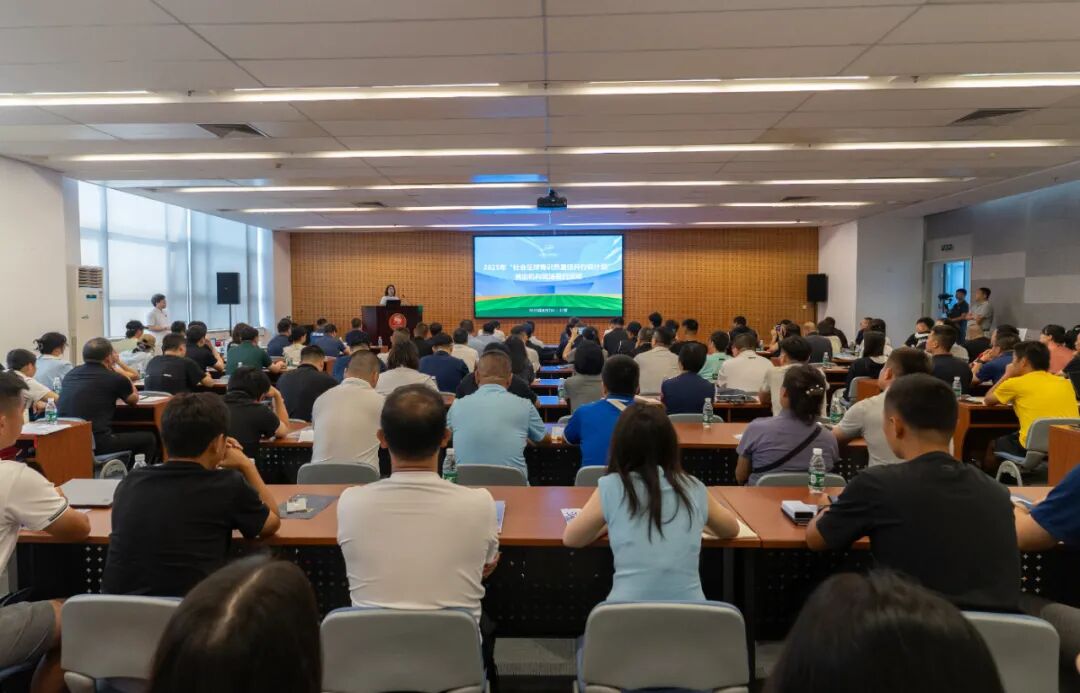

Regarding the development of Chinese youth football, it is currently supported mainly by four systems: first, the professional youth training within professional club academies; second, school football, which is the foundation; third, professional youth training systems developed by sports bureaus and football associations in recent years; and fourth, social youth training institutions. Among the latest U16 national team roster of 29 players, 3 come from social youth training institutions, not including those who previously trained there.
Besides operating independently, these four systems have layered relationships: school football is the foundation, social youth training institutions serve as a bridge between school football and professional and specialized youth training, and specialized youth training ultimately feeds talent into professional youth training. Moreover, social youth training institutions often run social football clubs. For example, Qingdao Kunpeng is a well-known social youth training institution and also a top team in Qingdao’s city league. These institutions gradually evolve toward professional clubs, such as Guizhou Zhucheng Competitive Football Club, formerly Guizhou Qianzhi Star Football Club.
Yang Xu, founder of Shanghai Yangxu Football Club and former national player, is dedicated to improving youth training quality. He focuses on training youths aged 6 to 12, emphasizing "ball control and dribbling" technical training, which corresponds to the weakest link in Chinese youth football development. "Among all basic player abilities, technique is the root; physical strength, speed, football IQ, and so forth are the trunk and branches of the tree. Without roots, everything else has little meaning," said Yang Xu.
In Yang Xu’s view, improving youth training quality hinges on coach development: "We must encourage more retired players to become coaches, and also bring back players who are not professionals but have undergone systematic professional training to coaching roles. Learning ability is key. Our club had a Japanese coach who could communicate in Chinese after three months in Shanghai. Our coaches must have this spirit—not only in language but in all aspects," he said.
The future development of social youth training institutions relies on three key supports, which also represent the direction of efforts: (1) beyond the China Football Development Foundation, governments at all levels, sports bureaus, football associations, and society must provide more support and incentives for youth training institutions; (2) establish a unified and standardized star-rating system for national, provincial, and municipal youth training institutions; (3) based on this foundation, leverage the improvement of local qualifying rounds of the China Youth Cup to build a comprehensive provincial and municipal youth training league system.



Wonderfulshortvideo
Have you ever seen a goal like this? 👀


User TrophyTracker has posted a video.


"Once you're here, you have to compete to earn your spot" 👀


"He's more than capable enough to be an England player" 👊🏴


Watch @Brandon Smith 🎤 host as @Thomas, @Sara_guzo and myself take on the final with the McDonald's Crew in EA FC… but who’s really bringing the heat? 🌶️








 Links
Links
 Contact
Contact
 App
App


